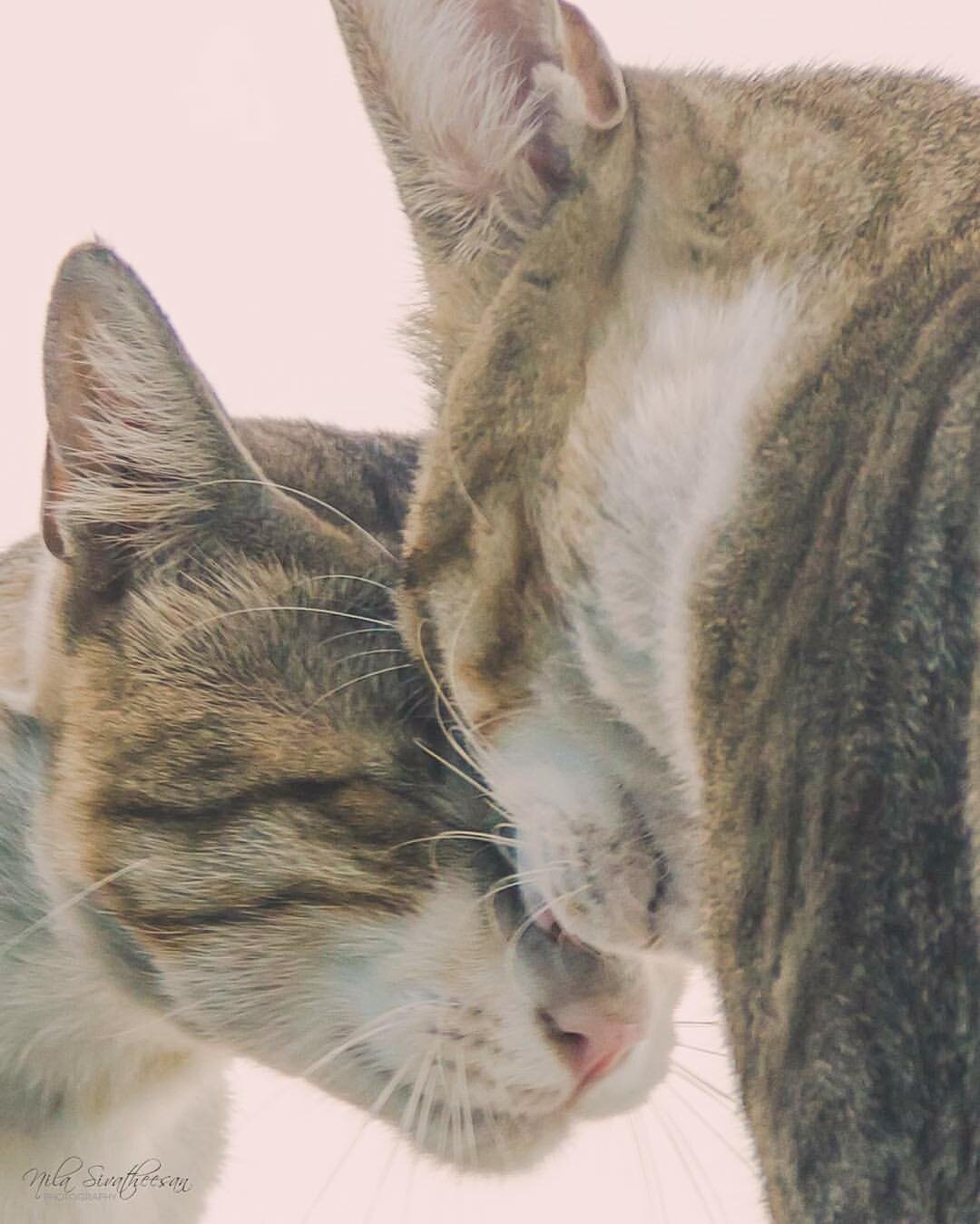10 Tips For Great Pictures
When I first picked up a camera back in 2012, I was shooting pretty much anything and everything that my eyes could see. It was a great way to get started and practice, but once I got the hang of using my DSLR and learned the technical side of things, I realized that my pictures were actually pretty boring. Taking a good picture that is in frame and sharp is definitely important, but there is a lot more to capturing a picture that is interesting and eye-catching.Whether you're just starting out with a phone or point-and-shoot, or you're trying to improve your DSLR photography, these 10 tips will help you take your pictures to the next level!
1. Try New Angles/Perspectives
The most common way the average person takes a picture: Stand directly in front of subject, and take photo from the photographer's eye-level. There is nothing wrong with taking a picture this way, but let's be real.. EVERYONE does it!! There's nothing unique or interesting about this angle unless the subject itself is interesting or unique. The next time you pick up your camera, force yourself to shoot from a different angle. Get real low and aim your camera upwards, or get real high and aim your camera down! Shoot from the side, shoot from below, or find interesting perspectives upside down! A great tip to remember when shooting children or animals is to get down to their eye-level rather than shooting from above. Getting down to their level creates a sense of intimacy in the picture and it feels more personal. There's no limit to how creative you can get with just your perspectives and angles, and it makes a huge difference!
2. Follow the Light
This is probably the most important tip in my opinion. The word 'photography' literally means 'drawing with light'! Before you raise your camera, look around you and notice where the light is coming from, as well as what type of light it is. If you're shooting outdoors, look at the position of the sun and the direction of the shadows that it casts. Shooting against the sun can create amazing sun flares and a warm soft glow on your subject. Shooting in the direction of sun light can create a bold look with harsh contrasts. You can position your subject in way that the light only hits one side, or you can look for trees/buildings that create interesting shadows. If you're working with artificial light, try positioning the lights in different places and see what kind of effect it gives you. The possibilities are endless!
3. Colours
Miles of Blue
Colours are often associated with different emotions: oranges are warm and inviting, while greens and blues tend to be calm. You can play around with different colours to get the mood that you are looking for in your image. You can also add that extra 'pop' to your pictures by looking for contrasting colours such as a green leaf against a red brick wall, or a white sail boat on blue waters. You can choose to look for strong bold colours, or subtle pastel colours. You can even decide to avoid colour all together and shoot monochrome images in black and white or sepia. Each has it's own way of bringing out different parts of an image. It's up to you to decide what you think portrays your picture in the best way. If you need some inspiration, take a look at the works of Ernst Haas, master of colour photography!
4. Leading Lines
A great way to improve your composition is with leading lines. They create a path for the eye to follow along your picture and they can have different effects depending on their orientation and direction. Horizontal lines invoke a sense of restfulness and peace, where as vertical lines create a sense of power. Diagonal lines usually suggest movement. Before you shoot, take a moment to look at the scene in front of you and see if there are any prominent lines that your eyes are naturally drawn to. They can be roads, fences, railway tracks, buildings, rows of trees or lamp posts, window panes, rivers, cliffs, rocks, sun rays, etc. Once you identify your strongest lines, think about how you can use it to your advantage. You can create depth by positioning a strong line that leads from the foreground to the background. You can place your subject at a point where several lines converge, giving your subject more importance in the frame and causing the viewers eyes to be naturally drawn there. Leading lines can be used to tell a story, to place emphasis, or to draw a connection between two objects. Use them creatively!
5. Patterns
Life is filled with patterns. Many of them we overlook in our day to day lives and may seem boring. But capturing it in a picture can create an image with real impact. Look for repeating patterns or interesting textures when you are composing your next image. Patterns can be found everywhere - in nature and man-made constructions. You can use the pattern as the focal point of your picture, or you can use it as a backdrop. A great way to add interest to a picture is to break the pattern, such as a row of eggs but one is broken, or hundreds of red M&Ms with one blue M&M. This will immediately draw your eye to the object that doesn't belong, and can be quite impactful if used creatively.
6. Be Ready For The Moments
Look for those moments that make you feel something. It can be a dog playing in the snow, or a couple's first kiss. When you feel that something wonderful is about to happen, trust your instinct. However, you also have to be ready! There have been so many moments that I've missed because my camera was turned off or not set to the proper settings. Make sure you adjust your settings as you go so that you're always ready to capture the moment.
7. Rule of Thirds
The Rule of Thirds is a composition technique that helps you position your subject in the best spot when taking a picture. When you are taking your picture, imagine the frame as being split up into a grid of four lines as shown below.The points where the lines intersect identify the four important points of your frame. According to the rule of thirds, you would want to position your main subject at one of these points so that the image becomes more balanced and easier for the eye to roll over naturally. Studies have actually shown that your eyes tend to naturally go towards one of the four points when looking at an image, rather than the centre.
8. Show Depth
A picture that shows a sense of depth is much more interesting and intriguing. It also engages the viewer more, inviting them to explore the scene rather than just observing it. There are a number of different ways that you can add depth to your shots. You can add foreground interest by adding an object closer to the camera and a secondary object farther away. You can also use foreground objects to create a natural frame around your main subject. Photographing with a wider angle also creates a sense of depth by naturally exaggerating the perspective of a scene. My personal favourite way of showing depth is by layering objects in the frame. By overlapping objects, you help the viewer reconstruct the 3-D view in their mind, allowing them to mentally be 'in' the scene, rather than just seeing a photo of it. This creates a much stronger sense of depth.
9. Negative Space
Negative space is basically the empty space that surrounds the subject of interest. It's a great way to add more emphasis on the subject and evoke different moods. It can act as a context, it can create a sense of lightness or airiness, it can emphasize the emotions of your subject, it can create a sense of loneliness.. and the list goes on! The mood you are trying to evoke or the story you are trying to tell can be greatly enhanced with negative space.
10. Have Fun!
Last but not least, remember to have fun and enjoy the process! As a photographer, you are putting your energy into the picture. A grumpy photographer is not going to end up with joyful pictures :p Be present and follow your instincts. Shoot what you feel like shooting. At the end of the day, there is no such thing as a bad picture. Photography is art, and art is subjective. It's totally okay to break the rules and go your own way. Do you and have fun doing you! :) I hope you found these tips helpful. Be sure to try them out and let me know how it goes in the comments below! Also, feel free to add any tips that have helped you along your photography journey as well! :)










